W.S. Van Dyke
W.S. “Woody” Van Dyke is credited with directing 90 motion pictures from 1917 to 1942. He was twice nominated for the best director Academy Award, for “The Thin Man” (1934) and “San Francisco” (1936). Frank Capra won the awards in each of those years, for “It Happened One Night” (1934) and “Mr. Deeds Goes to Town” (1936).
Van Dyke also directed and acted in the 1933 “Eskimo” (also known as “Mala the Magnificent”), which won the first Oscar for film editing.
A native of San Diego, Van Dyke was a vaudeville child actor, on stage almost as a baby, and played legitimate theaters as a juvenile. When he was 17, in 1907, he joined a construction gang and helped build a trail in the remote Canadian wilderness. He returned to vaudeville and plays and began trying his hand at writing plays.
After service in the armed forces in World War I, he returned to the theater and soon devoted his full time to motion picture direction.
Among the films he directed were “White Shadows in the South Seas” (1928), “Trader Horn” (1931) and “Laughing Boy” (1934) and other productions filmed in far places of the Earth. He is perhaps best remembered for directing Myrna Loy and William Powell in the “The Thin Man” and three sequels.
A major in the Marine Corps Reserves, Van Dyke was active in recruiting for the Marine Corps until ill health forced his retirement.
He was a member of the Explorers Club, International Adventurers Club, a fellow of the Royal Geographic Society of London and belonged to dozens of fraternal, professional, athletic and honorary organizations.
He was a cousin of Henry Van Dyke, a philosopher, writer and U.S. ambassador to The Hague.
After his death at 53, Hedda Hopper, wrote in the Times, that Van Dyke "never failed to help what some call the little people. I prefer to think of them as the gallant ones — those who ran into hard luck, many of them picture pioneers.
“Woody had a list of their names, wouldn’t do a picture without them. Once he held up shooting six hours because a certain woman who needed the job wasn’t on the set. I’m glad his last picture, “Journey for Margaret,” was such a hit. He gave Metro a new star, [then 5-year-old] Margaret O’Brien.
“It was Woody’s understanding of children, having three of his own, which helped so much. More than a year before we went into war he turned his office at the studio into a recruiting office for the Marines. He was a great, colorful character. We’ll keep on missing him.”
Related stars
|
|
Points of interest
Academy Awards
| Year | Category | Work | |
|---|---|---|---|
| 1934 | Best Director | The Thin Man | Nomination |
| 1936 | Best Director | San Francisco | Nomination |
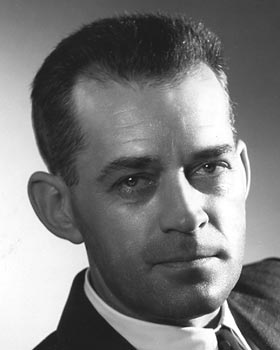

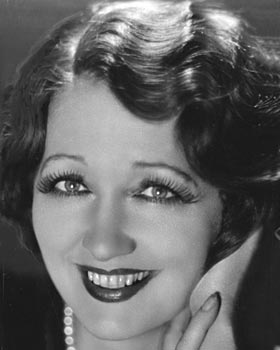
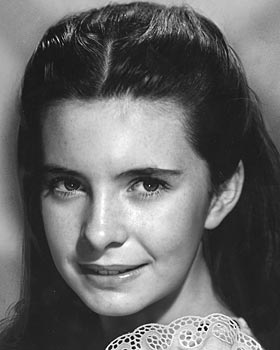
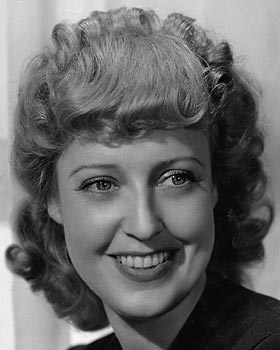
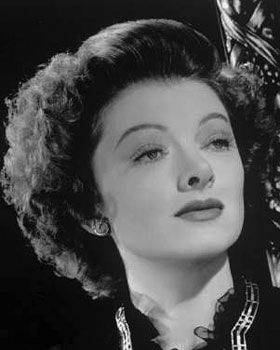
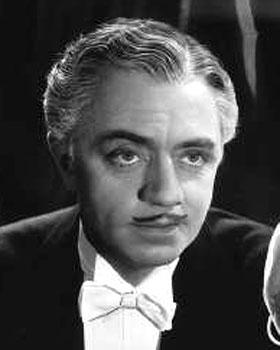
Two thoughts about W.S. Van Dyke
Share a thought about W.S. Van Dyke